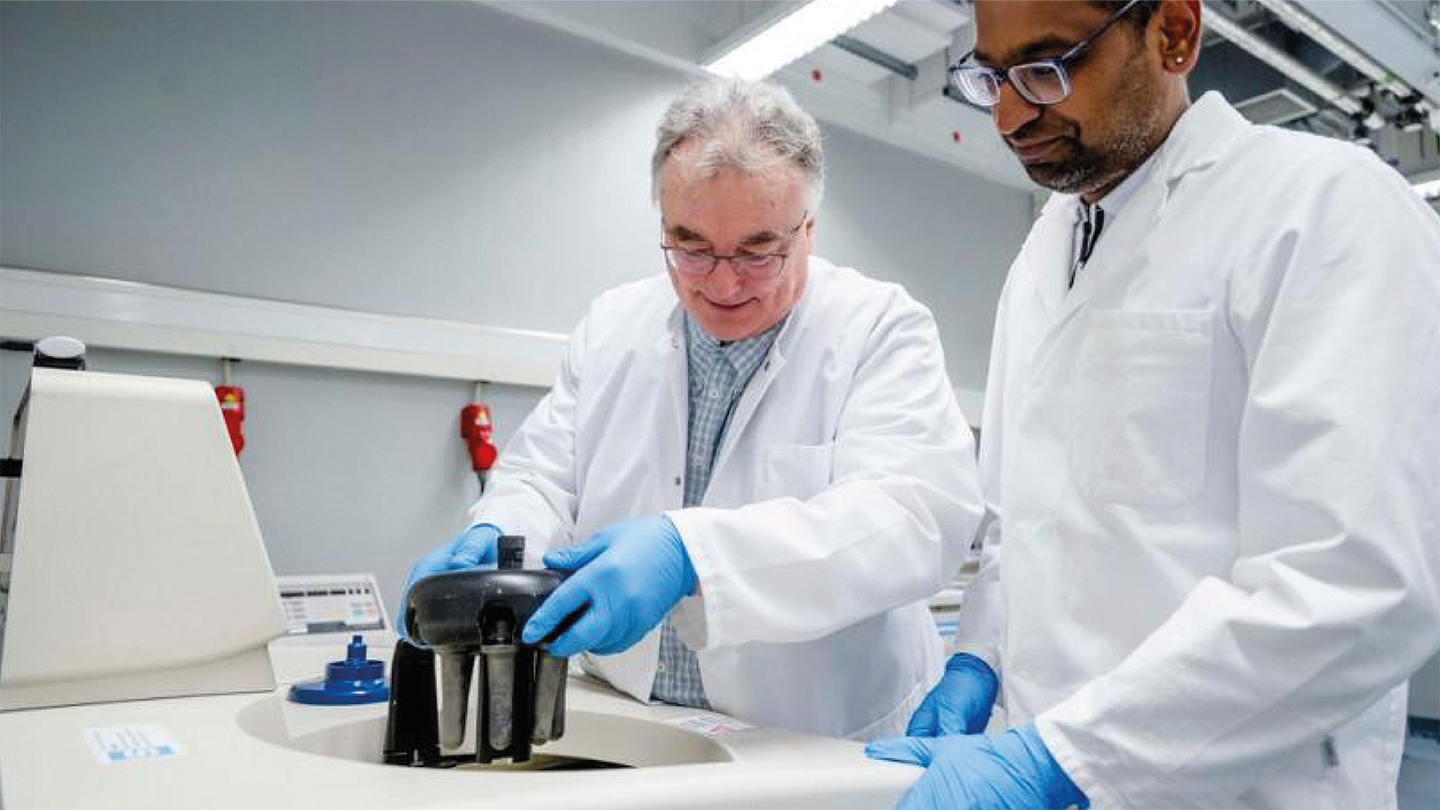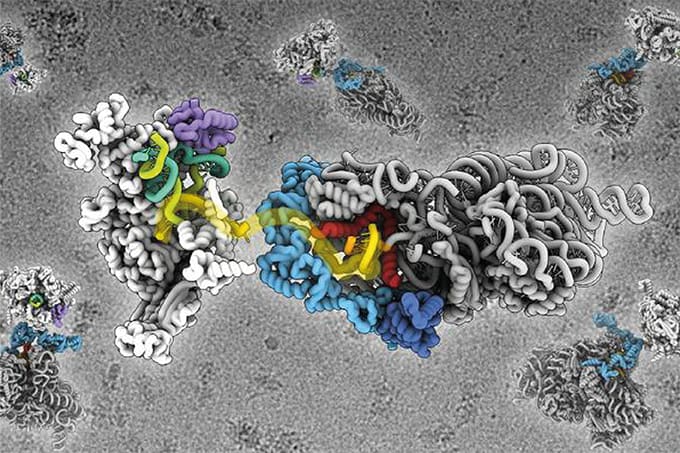
A detailed molecular map of a parasite-specific organelle has revealed a promising new target for antiparasitic drug development, potentially advancing treatment options for African sleeping sickness, Chagas disease, and leishmaniasis.
In a collaborative study, researchers from Ruhr University Bochum and the University of Würzburg used subcellular proteomics to produce the first high-confidence inventory of membrane proteins found in the glycosome – a peroxisome-related organelle unique to trypanosomatid parasites such as Trypanosoma brucei. These organelles are essential to parasite metabolism and survival, making them a strategic point of vulnerability.
“They are considered a potential Achilles’ heel in the development of new drugs,” said Ralf Erdmann, co-lead author of the research, in the team’s recent press release.
Using mass spectrometry-based subcellular proteomics, the team identified 28 glycosome membrane proteins, several of them previously unknown and some unique to the parasite lineage. “Using this technique, we also detected proteins that are associated with glycosome biogenesis, interorganelle communication and protein quality control,” noted Bettina Warscheid, who heads the research group at Würzburg.
One protein in particular, TbPEX15, drew attention as a potential therapeutic target. The protein serves as a membrane anchor for a complex essential to importing enzymes into the glycosome. “[TbPEX15 is] a promising target for the development of new drugs, as it differs significantly from its counterpart in humans," Warsceid added.
The researchers applied a combination of differential centrifugation, carbonate extraction, and density gradient separation to enrich membrane fractions from parasite lysates. These preparations were analyzed by label-free quantitative mass spectrometry, enabling the detection of both abundant and low-copy membrane proteins.
“These findings deepen our understanding of parasite biology, open up new avenues for targeted treatment strategies against poorly understood tropical diseases and provide a valuable resource for biomedical research into glycosome biology,” Erdmann concluded.




